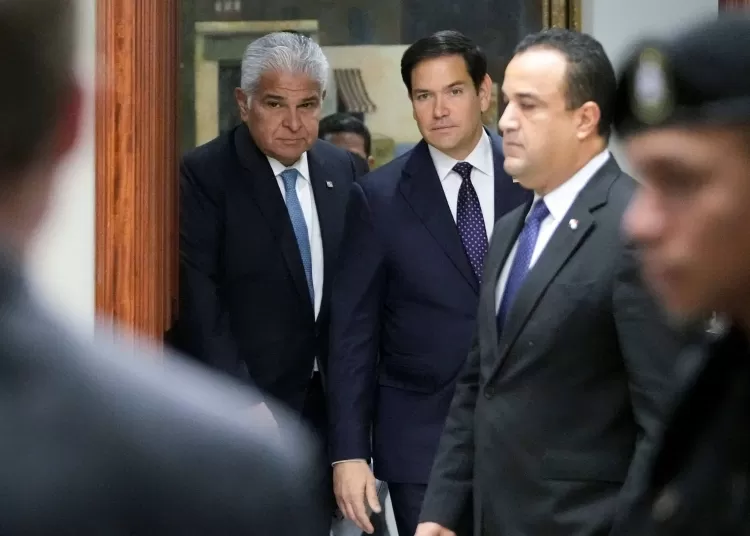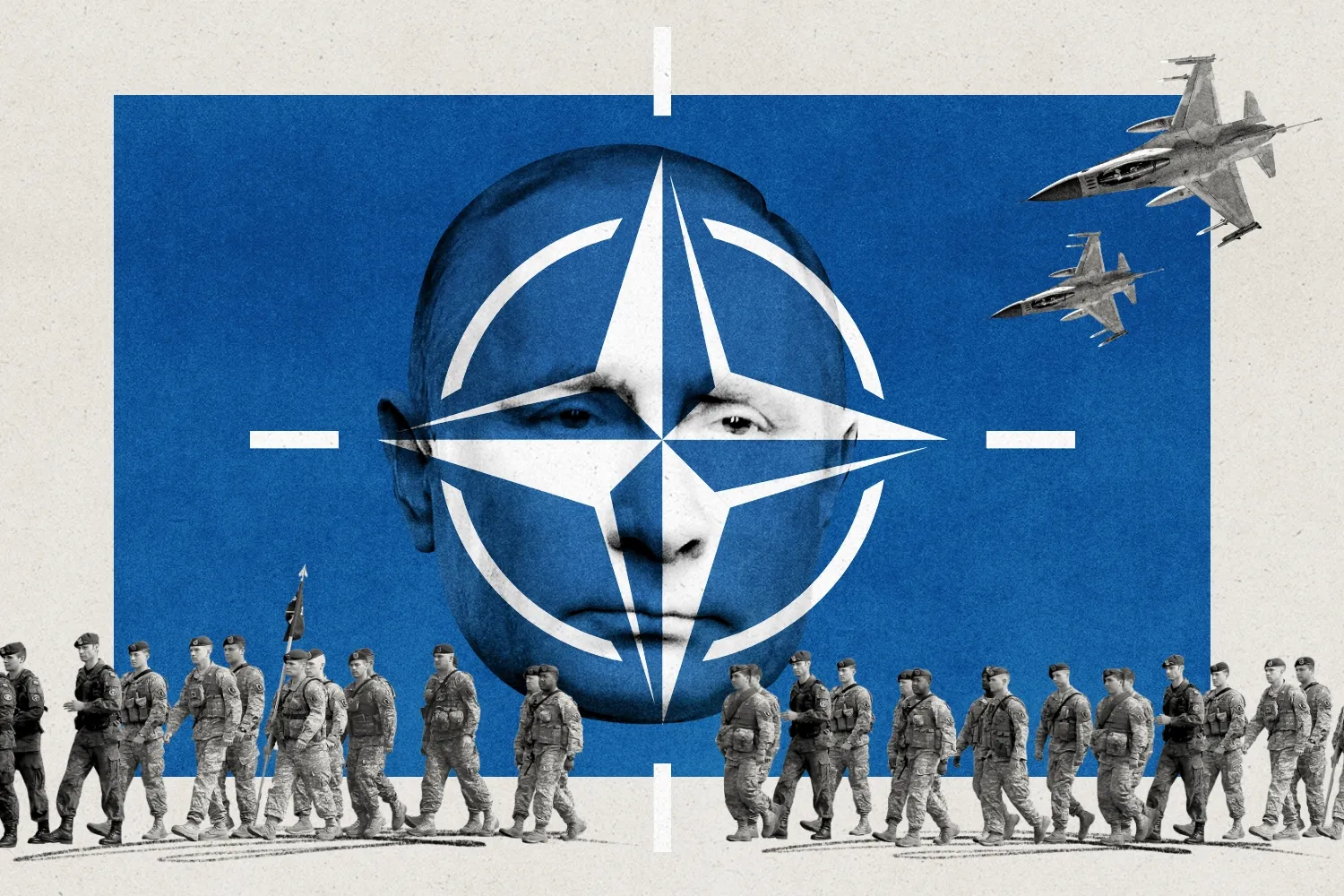U.S. Secretary of State Marco Rubio Warns Panama Over Chinese Influence in Canal
This week's top stories cover a range of international developments, from India's shifting stance on cryptocurrencies to escalating tensions in the Middle East and global diplomatic efforts. Find out the latest on U.S. trade policies, Israeli investigations, and significant geopolitical moves across the world.

U.S. Secretary of State Marco Rubio has issued a direct warning to Panama over Chinese influence in the Panama Canal area, raising tensions between the two nations. As protests erupt in Panama City, the U.S. diplomat’s visit sparks debate about sovereignty, economic interests, and international influence.
Context & Background: Rising Tensions Over the Panama Canal
During his first overseas visit as U.S. Secretary of State, Marco Rubio delivered a stern warning to Panama’s President Jose Rul Mulino regarding the growing influence of China in the Panama Canal region. The canal, a vital global trade route linking the Atlantic and Pacific Oceans, is critical to U.S. economic interests, with approximately 40% of U.S. container traffic passing through it.
Rubio’s comments come amid increasing Chinese involvement in the canal area, raising concerns in Washington about China’s control and its potential to use the canal as leverage for political and economic influence. Rubio pointed to Panama’s handling of Chinese presence as a violation of terms set under the 1977 Panama Canal Treaty, negotiated under U.S. President Jimmy Carter, which established that control over the canal would be handed back to Panama in 1999.
Rubio's visit, aimed at addressing these concerns, included a tour of the Miraflores Locks of the Panama Canal, where a Panamanian-flagged oil tanker with Korean signage passed through. This highlighted the growing international presence in the area, with China’s role being at the forefront of U.S. diplomatic discussions.
Main Developments: U.S. Diplomatic Warning and Panama’s Response
In his meeting with President Mulino, Rubio explicitly warned Panama to limit Chinese influence in the canal area or face potential measures from the U.S. government. He stressed that the Trump administration, under President Donald Trump’s leadership, viewed Panama’s dealings with China as a violation of the canal treaty, and warned that actions could be taken to protect U.S. interests in the region.
In response, President Mulino rejected the notion of U.S. intervention, asserting that Panama was not afraid of a U.S. invasion. He also proposed technical talks between Panama’s canal team and the U.S. team to address the concerns about Chinese influence. Mulino emphasized that the canal was a national asset and expressed Panama’s willingness to engage in discussions to clarify any doubts the U.S. might have regarding its control and sovereignty over the canal.
Despite Mulino’s diplomatic stance, the meeting sparked significant backlash from Panamanians, particularly students and university professors, who viewed Rubio’s visit as a challenge to Panama’s sovereignty. They criticized the U.S. for attempting to impose its will on Panama, and a wave of protests broke out outside the Government Palace. Demonstrators carried signs and burned effigies of both President Trump and President Mulino, calling for an end to foreign interference in Panama’s affairs.
Panama Canal’s Strategic Importance
The Panama Canal’s strategic significance cannot be overstated. It serves as a crucial link for global trade, allowing ships to bypass the long and dangerous route around the southern tip of South America. The U.S. has historically maintained an interest in the canal, given its importance to U.S. trade routes and military operations.
In recent years, however, China has significantly expanded its footprint in Panama, including investments in infrastructure projects around the canal. The Chinese government has been involved in several high-profile projects in Panama, raising concerns in Washington about Beijing’s growing presence in the region and its broader geopolitical strategy in Latin America.
U.S. officials argue that China's increased influence could give the Chinese government strategic leverage over one of the world’s most vital shipping lanes. This has raised alarms in Washington, especially as the Trump administration pursues a more aggressive foreign policy toward China.
Protests and Public Sentiment in Panama
The U.S. diplomatic pressure has not been well received by a large portion of the Panamanian public, who view the canal as a symbol of their sovereignty and independence. Thousands of protesters, including students, university professors, and workers, flooded the streets of Panama City, condemning Rubio’s visit and the U.S. stance on the canal.
The protests centered on the belief that the U.S. has no right to dictate Panama’s dealings with other nations, particularly China. Demonstrators argued that the canal belongs to Panama, and that decisions regarding its future should be made by Panamanians, not by external powers seeking to advance their own interests.
One of the key messages from the protesters was the demand for respect for Panama’s autonomy and self-determination. They criticized Rubio’s warning as an infringement on Panama’s rights to manage its own resources and partnerships, particularly in relation to China. The protests highlighted the deep divisions within Panama regarding its relationship with the U.S. and the growing influence of China in the region.
Diplomatic Resolution: Can Talks Resolve the Tensions?
As the situation evolves, it remains unclear whether technical talks between Panama and the U.S. will ease tensions. While President Mulino has expressed a willingness to engage in dialogue, it is evident that the political and public resistance in Panama will make any agreement difficult to reach. The country’s sovereignty over the canal is a deeply sensitive issue, and any perceived encroachment by the U.S. could lead to further unrest.
Furthermore, the growing influence of China in Latin America and the Caribbean complicates the situation. China’s involvement in the region has been framed as a challenge to U.S. dominance, and Washington has been increasingly vocal in its efforts to counter China’s economic and geopolitical expansion.
The next steps will likely involve further diplomatic engagement between the U.S. and Panama, but the outcome will depend on both countries' willingness to find common ground. If talks fail, the tensions over the canal and broader U.S.-Panama relations could escalate further, with significant consequences for regional stability and trade.
Conclusion: A Tense Diplomatic Standoff
Marco Rubio’s warning to Panama reflects the increasing tension between U.S. strategic interests and Panama’s sovereignty over the Panama Canal. With protests erupting in Panama and the U.S. pressing its concerns about Chinese influence, the situation is a reminder of the complex and evolving geopolitical dynamics in Latin America.
As both nations navigate this delicate issue, it remains to be seen whether diplomacy can ease the tensions or if this diplomatic standoff will lead to further escalation. For Panama, the stakes are high, as the canal remains a cornerstone of its economy and national identity. The next steps in U.S.-Panama relations will be crucial in shaping the future of the Panama Canal and the broader geopolitical landscape in the region.
What's Your Reaction?















